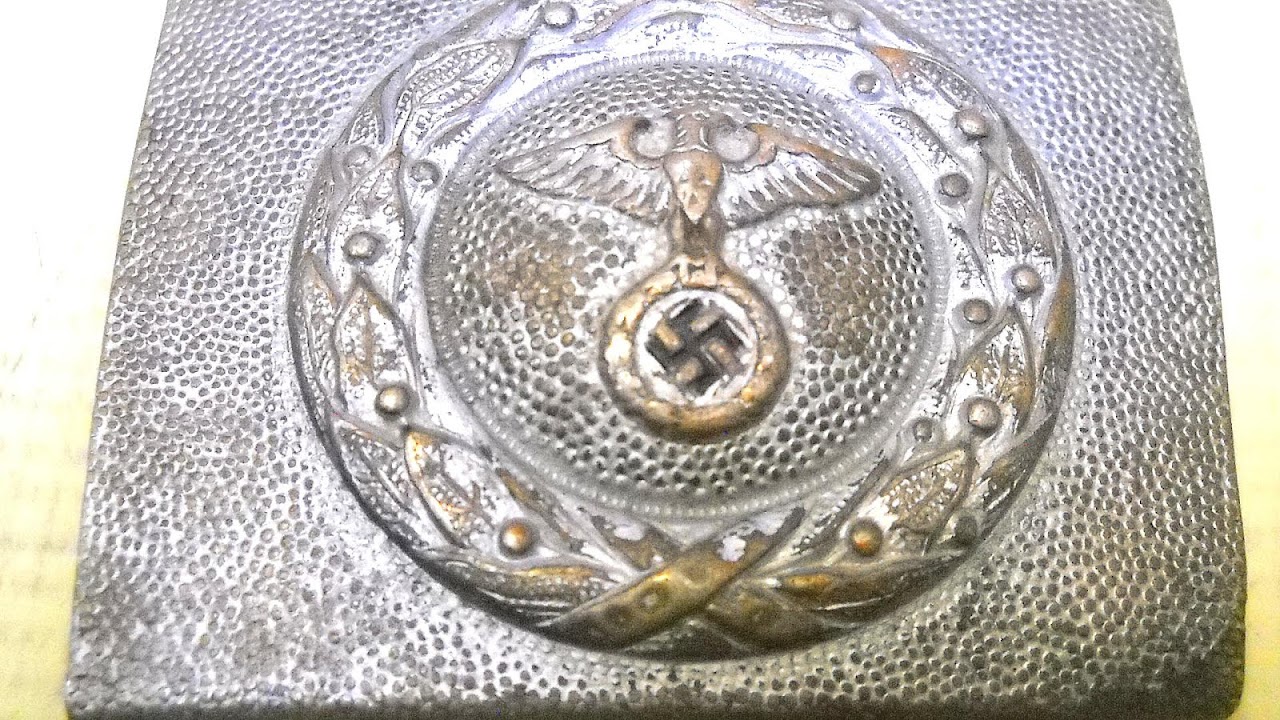Gott mit uns ("God with us") is a phrase commonly used in heraldry in Prussia (from 1701) and later by the German military from the period spanning the German Empire (1871 to 1918) to the end of the Third Reich in 1945.

Maps, Directions, and Place Reviews
Origins
Matthew 1:23, refers to the prophecy written in Isaiah 7:14, glossing the name Immanuel (Emmanuel, ??????) as "God with us":
Nobiscum Deus in Latin, ??? ???? ? ???? (Meth imon o theos) in Greek, was a battle cry of the late Roman Empire and of the Eastern Roman Empire. It is also a popular hymn of the Eastern Orthodox Church, sung during the service of Great Compline (???? ??????????). The Church Slavonic translation is ? H??? ??? (S Nami Bog).
It was used for the first time in German by the Teutonic Order. In the 17th century, the phrase Gott mit uns was used as a 'field word', a means of recognition akin to a password, by the army of Gustavus Adolphus at the battles of Breitenfeld (1631), Lützen (1632) and Wittstock (1636) in the Thirty Years' War. In 1701, Frederick I of Prussia changed his coat of arms as Prince-Elector of Brandenburg. The electoral scepter had its own shield under the electoral cap. Below, the motto Gott mit uns appeared on the pedestal. ?? ???? ????!" S nami Bog! was used as a motto by the Russian Empire.
German Belt Buckle Video
Usage
The Prussian Order of the Crown was Prussia's lowest ranking order of chivalry, and was instituted in 1861. The obverse gilt central disc bore the crown of Prussia, surrounded by a blue enamel ring bearing the motto of the German Empire Gott Mit Uns.
At the time of the completion of German unification in 1871, the imperial standard bore the motto Gott mit uns on the arms of an Iron Cross. Imperial German 3 and 5 mark silver and 20 mark gold coins had Gott mit uns inscribed on their edge.
German soldiers had Gott mit uns inscribed on their helmets in the First World War. To the Germans it was a rallying cry, "a Protestant as well as an Imperial motto, the expression of German religious, political and ethnic single-mindedness, or the numerous unity of altar, throne and Volk". The slogan entered the mindset on both sides; in 1916 a cartoon was printed in the New York Tribune captioned "Gott Mit Uns!", showing "a German officer in spiked helmet holding a smoking revolver as he stood over the bleeding form of a nurse. It symbolized the rising popular demand that the United States shed its neutrality".
In June 1920 George Grosz produced a lithographic collection in three editions entitled Gott mit uns. A satire on German society and the counterrevolution, the collection was swiftly banned. Grosz was charged with insulting the army, which resulted in a 300 German Mark fine and the destruction of the collection.
During the Second World War Wehrmacht soldiers wore this slogan on their belt buckles, as opposed to members of the Waffen SS, who wore the motto Meine Ehre heißt Treue ('My honour is loyalty'). After the war the motto was also used by the Bundeswehr and German police. It was replaced with "Einigkeit und Recht und Freiheit" ("Unity and Justice and Freedom") in 1962 (police within the 1970s), the first line of the third stanza of the Lied der Deutschen.
Source of the article : Wikipedia


EmoticonEmoticon